Newly released drone footage confirms that the Batagay crater in Siberia continues to grow in size.
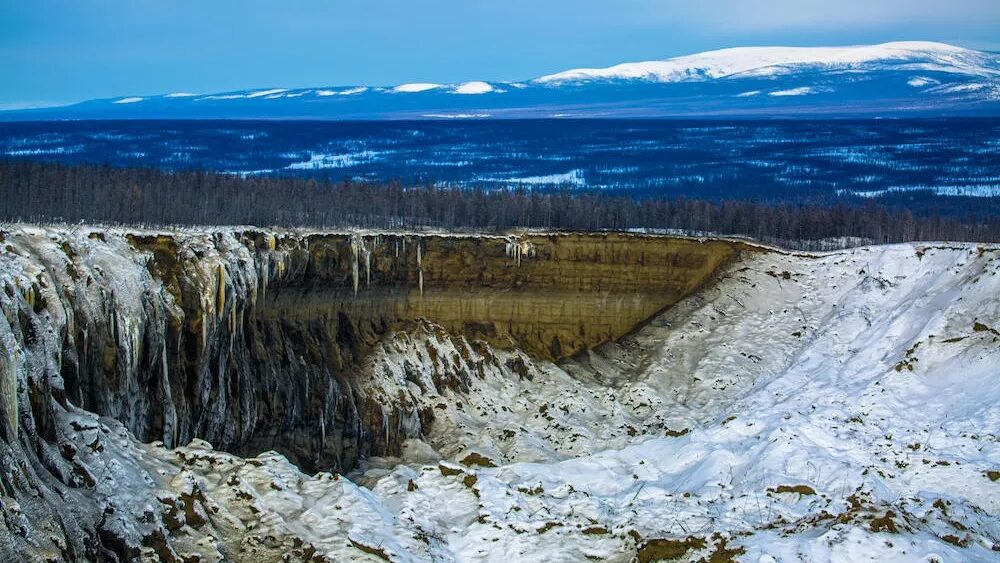
© Padi Prints/Troy TV Stock/Alamy Stock PhotoThe Batagay crater is considered to be the largest permafrost depression in the world.
The footage, which was released on July 12, offers viewers a bird's-eye view of the Batagay (also spelled Bagatayka and Batagaika) crater, considered to be the largest permafrost depression in the world, according to
Ruptly.tv.
Covering approximately 0.3 square miles (0.8 square kilometers) — equivalent to the area of about 145 football fields — the deep scar cutting through the east Siberian woodlands was likely triggered by
deforestation during the 1940s. This led to erosion, which then exacerbated
seasonal melting of the permafrost and created a "megaslump," or the massive crater in the ground. Because the permafrost in this region is comprised of 80% ice, the large amounts of melting forced sediment on the hillside to collapse, revealing what looks like a giant gash slashing through the landscape in Russia's Sakha Republic.
And it's not just drone imagery that shows that the crater continues to expand. Over the years,
satellite imagery has also confirmed that the megaslump has grown in size. As the land has retreated, it has revealed "tens of thousands of years of frozen remains," dating as far back as the Middle Pleistocene, which ended 126,000 years ago.


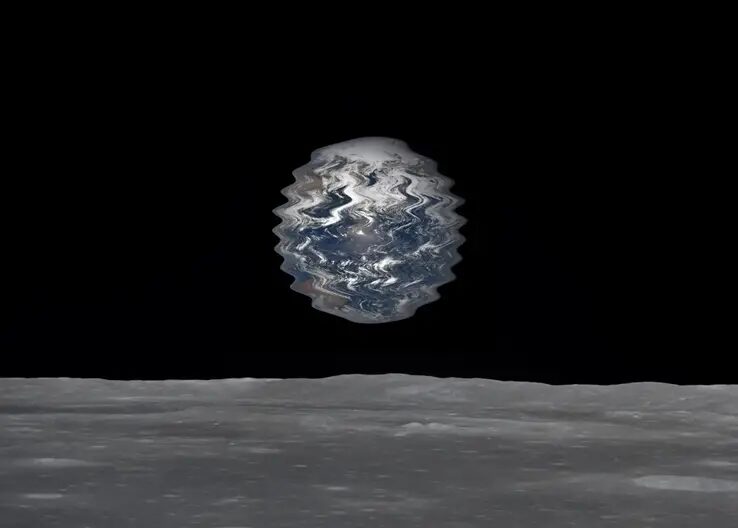
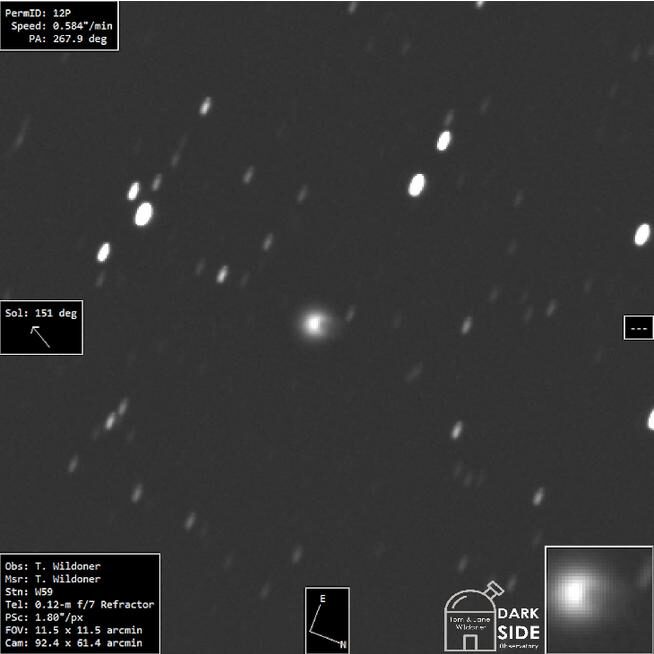
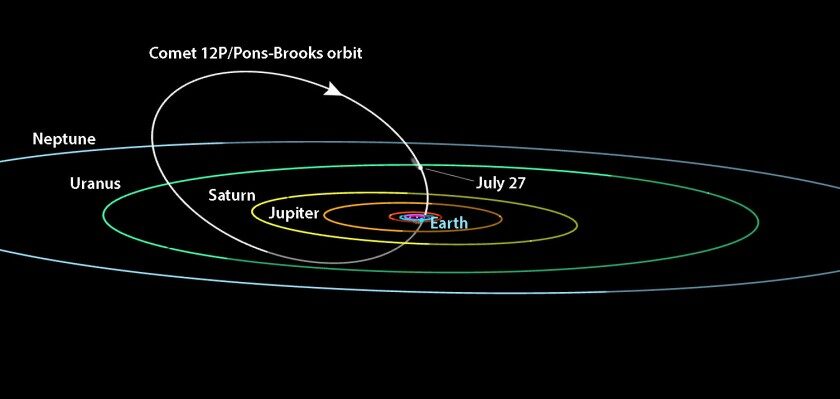
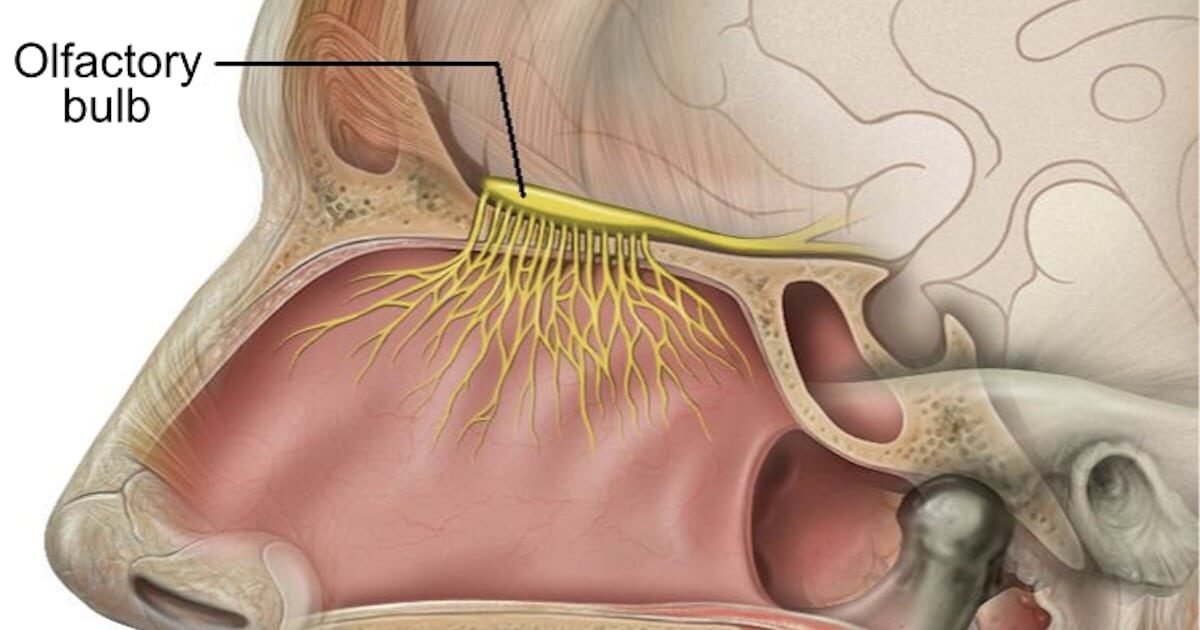

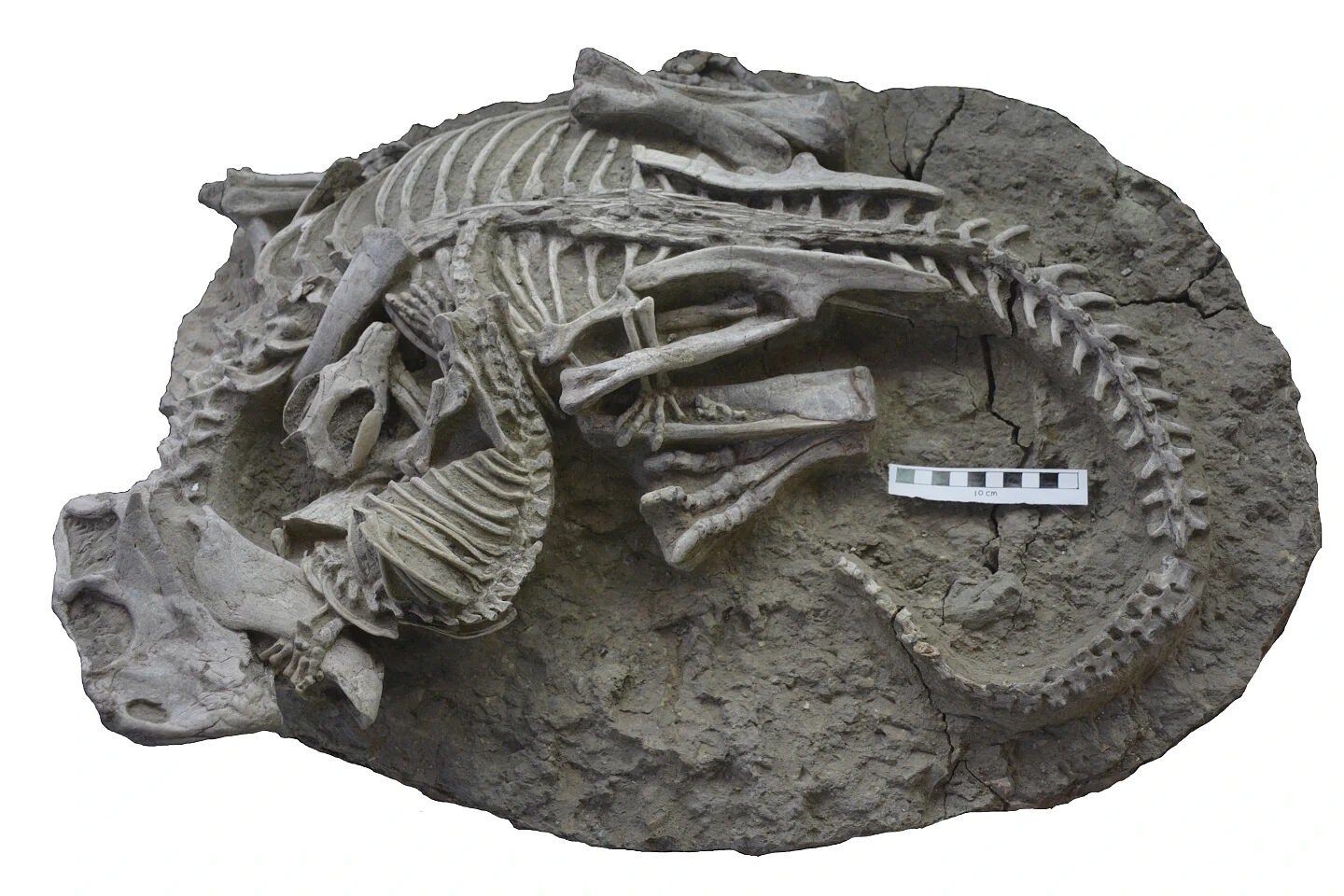

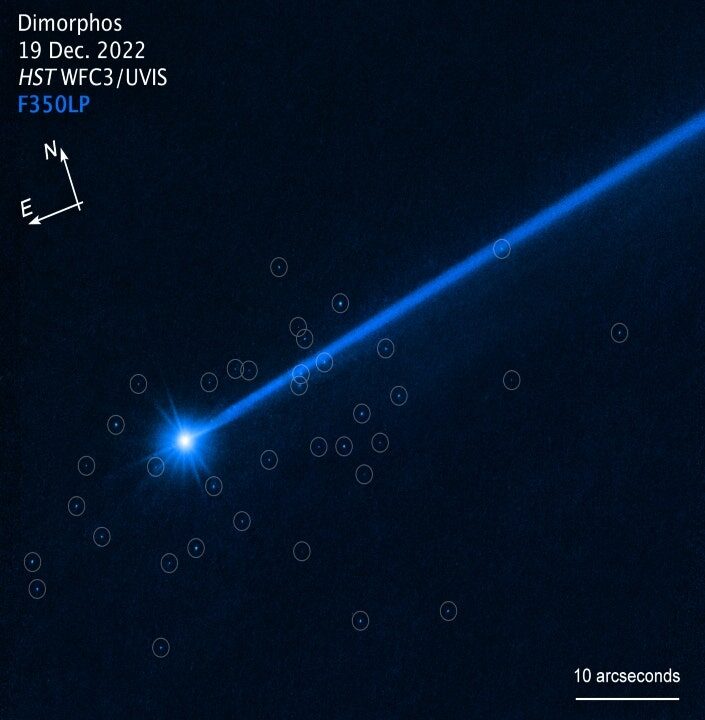
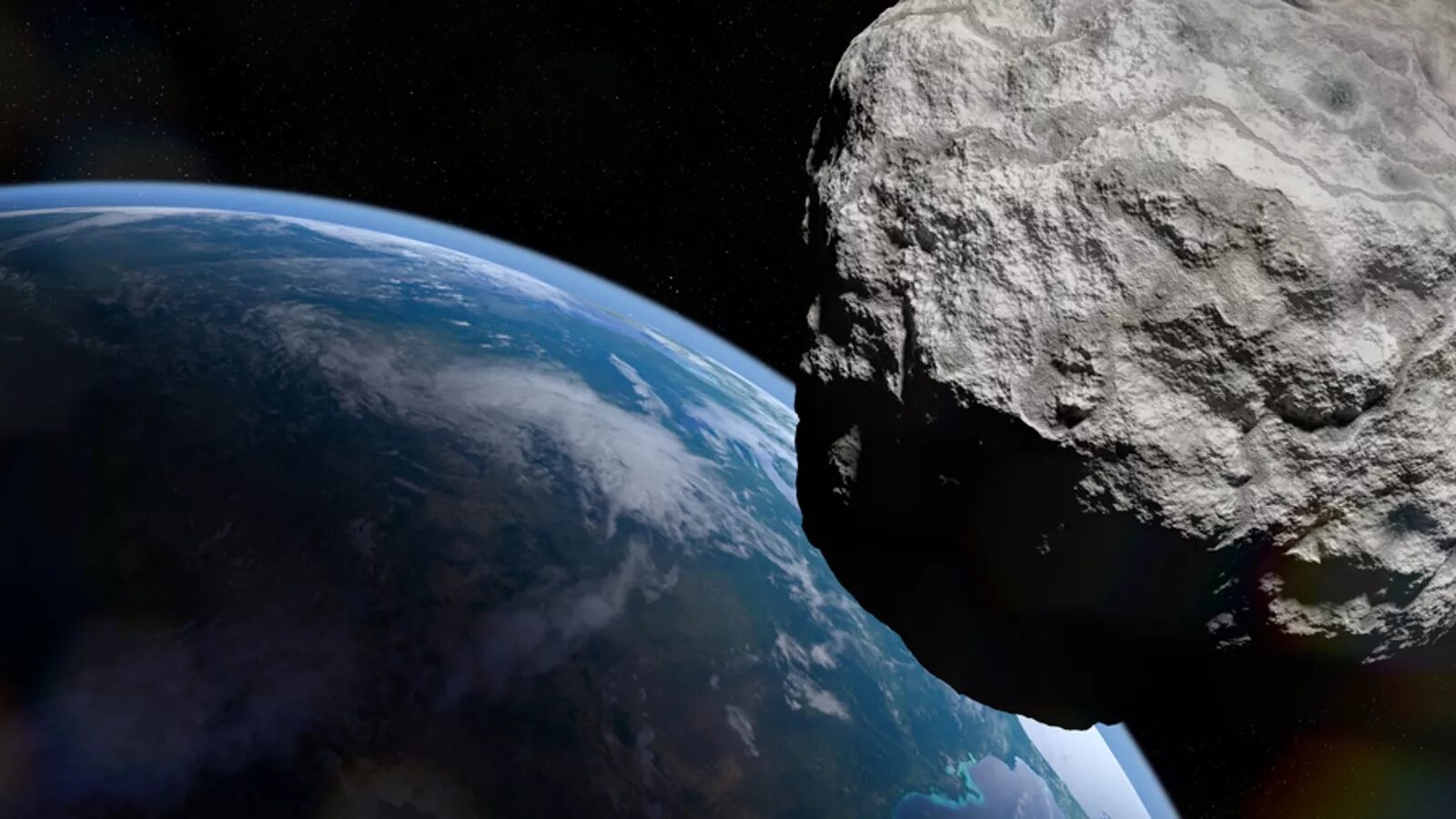



Comment: It seems as though NASA has been beset with troubles of late; Roscosmos hasn't been without its issues either:
- NASA alarmed as astronauts' spacesuits keep filling up with water (2022)
- White House pushes NASA to delay launch of killer asteroid telescope (2022)
- NASA's 'Mole' officially fails Mars mission, follows two years of troubleshooting (2021)
- Cosmonauts scramble to right tilted space station after new Russian module Nauka fires thrusters unexpectedly (2021)
- NASA identifies possible fix for Hubble after major glitch put space telescope into safe mode for past month (2021)
See also: China, Russia 'deploying space weapons to attack US satellites', Space Force chief claims following $3.7 billion budget increase